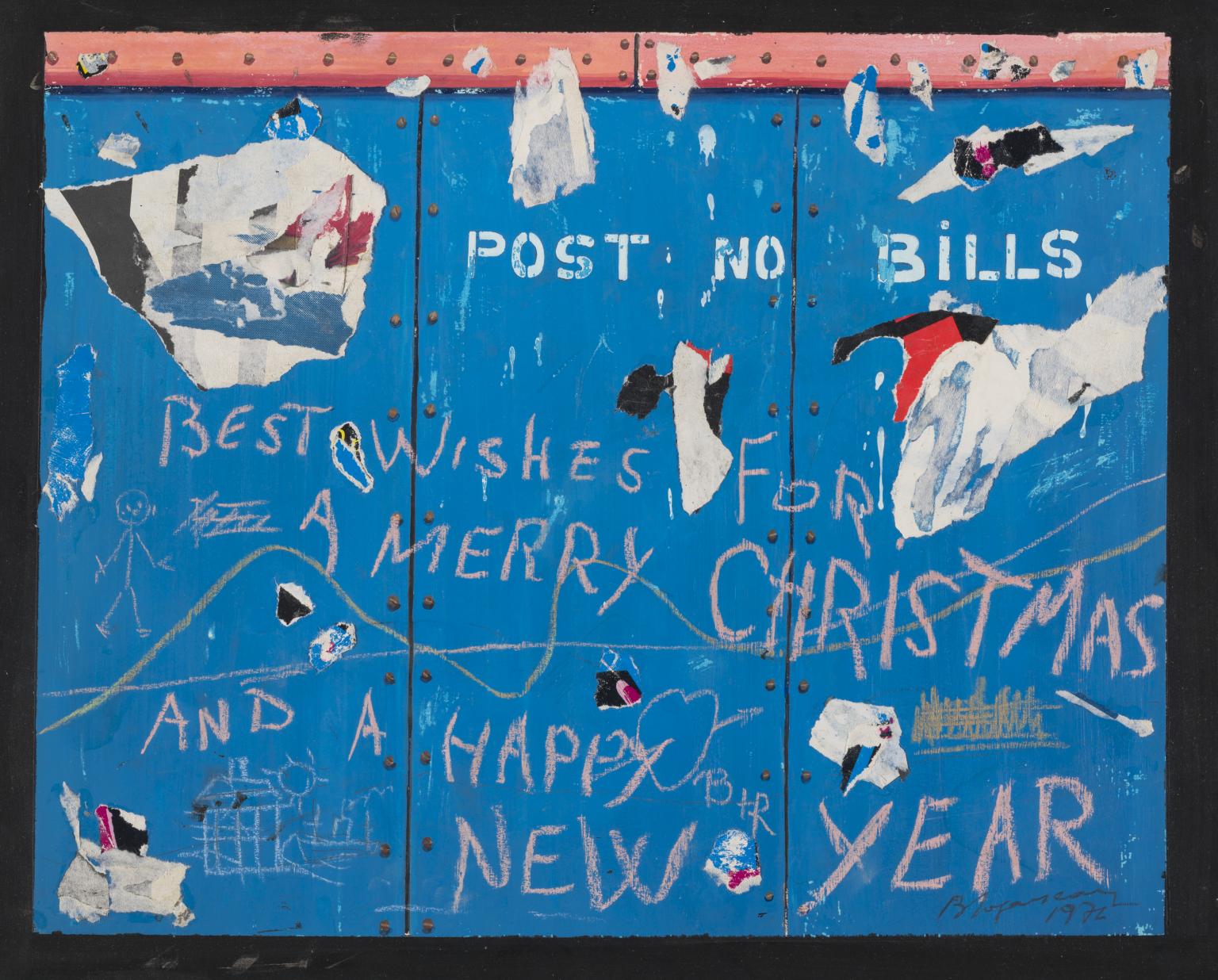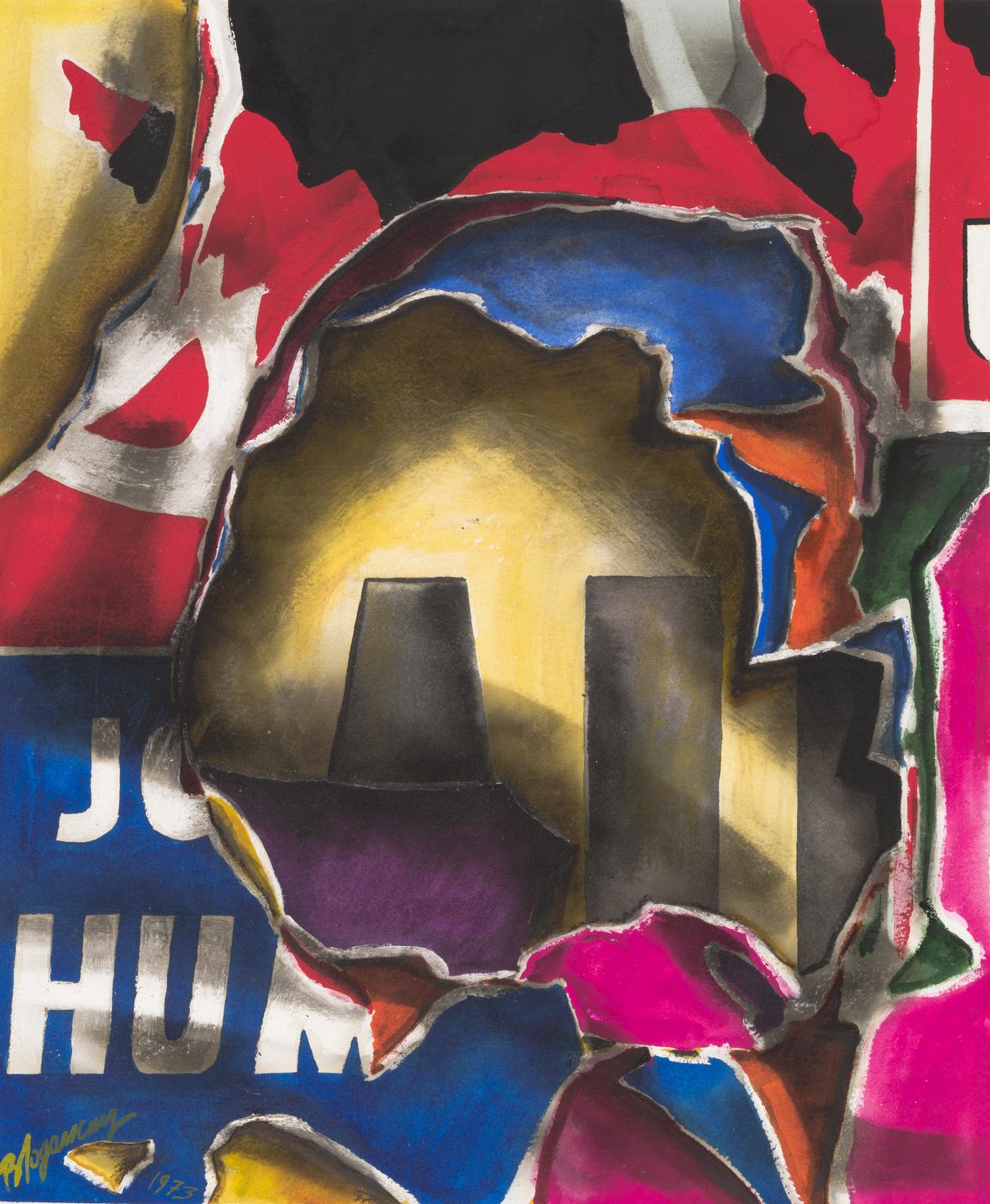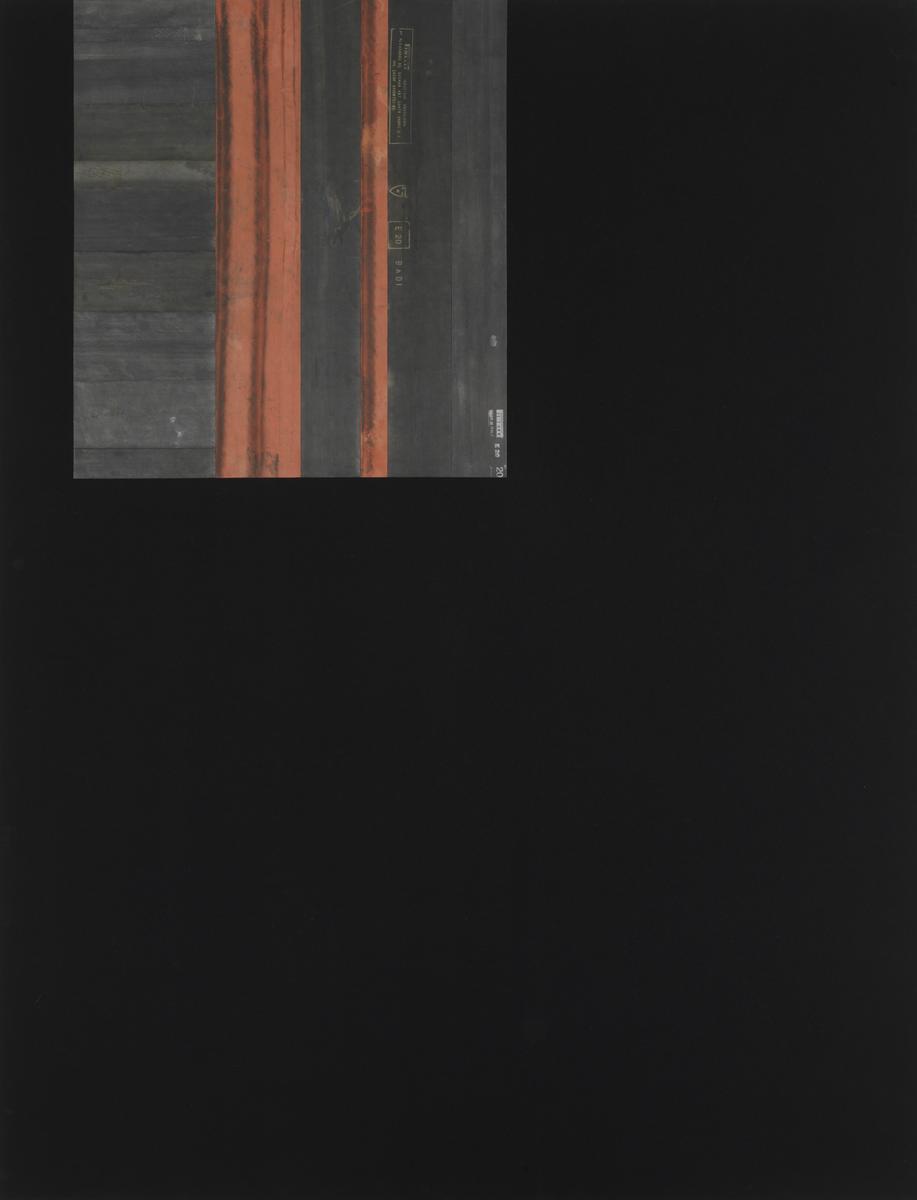11 rooms in Materials and Objects
Find out how combining everyday objects and materials became a new technique for twentieth-century artists
More than a century ago, artists including Pablo Picasso and Juan Gris began to cut up newspapers and pieces of wallpaper to use in their cubistcompositions. This technique was initially called papier collé (French for glued paper) and then collage. It brought recognisable pieces of everyday life into artworks.
Kurt Schwitters was among those attracted by the potential of the throw-away materials of contemporary life. Bus tickets and knick-knacks feature in his carefully composed works. From small collages, he went on to create more complex, three-dimensional environments.
For others, such as the surrealists, unexpected combinations could possess an unsettling power. They created sculptural objects by bringing together familiar items or materials, often endowing them with suggestions of violence or sexuality. Poetic surprise continues to infuse work by subsequent generations of artists, who bring disparate images and objects together in new ways.
Art in this room
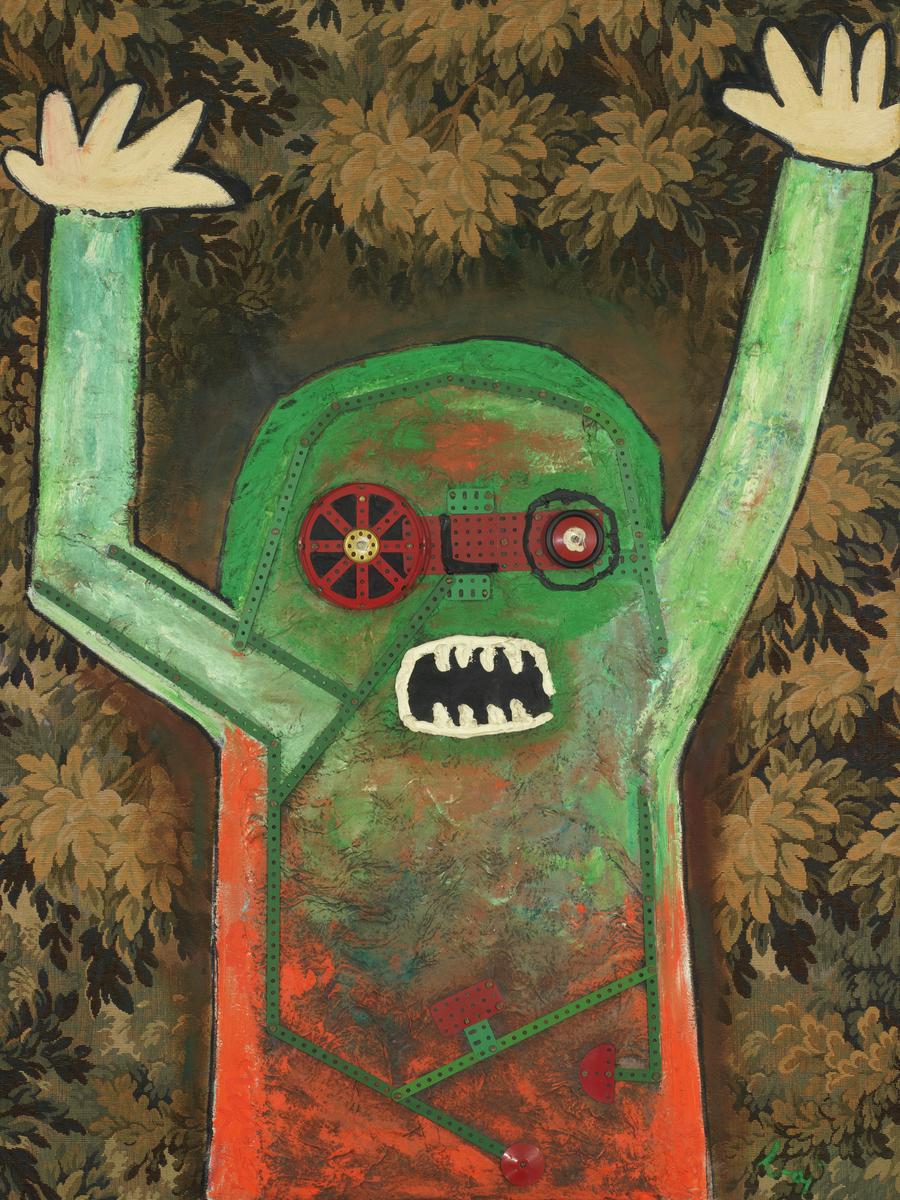
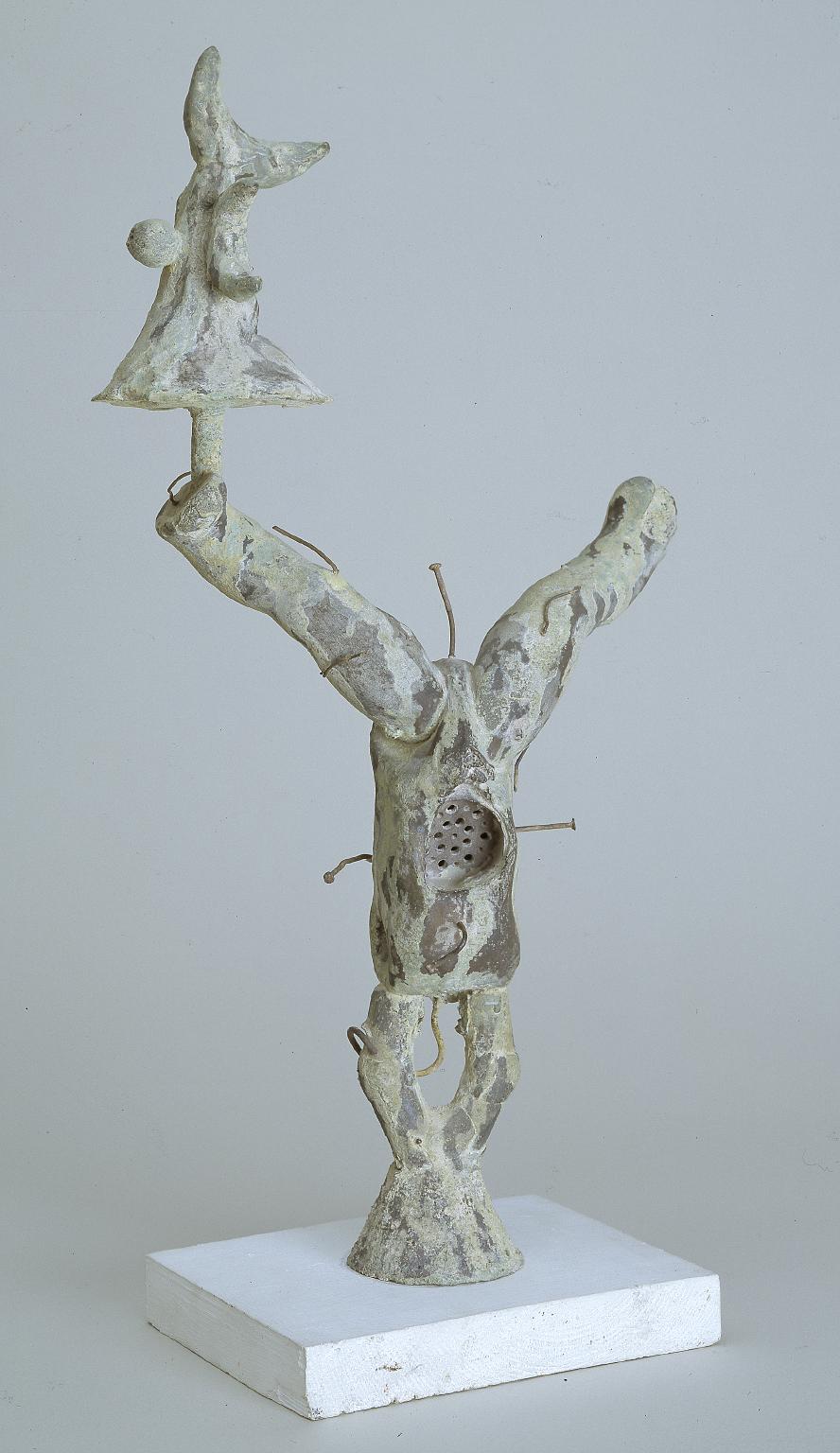
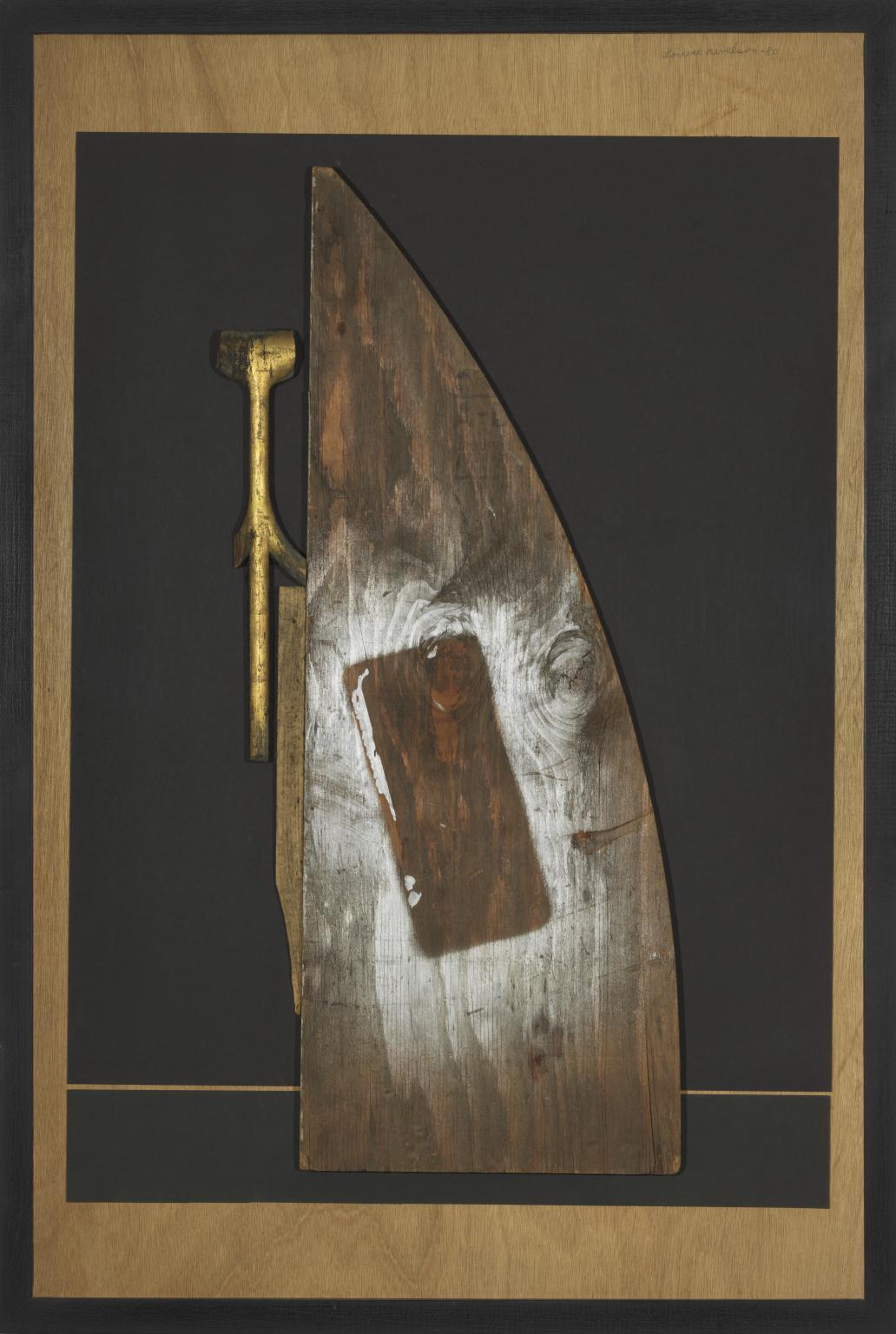
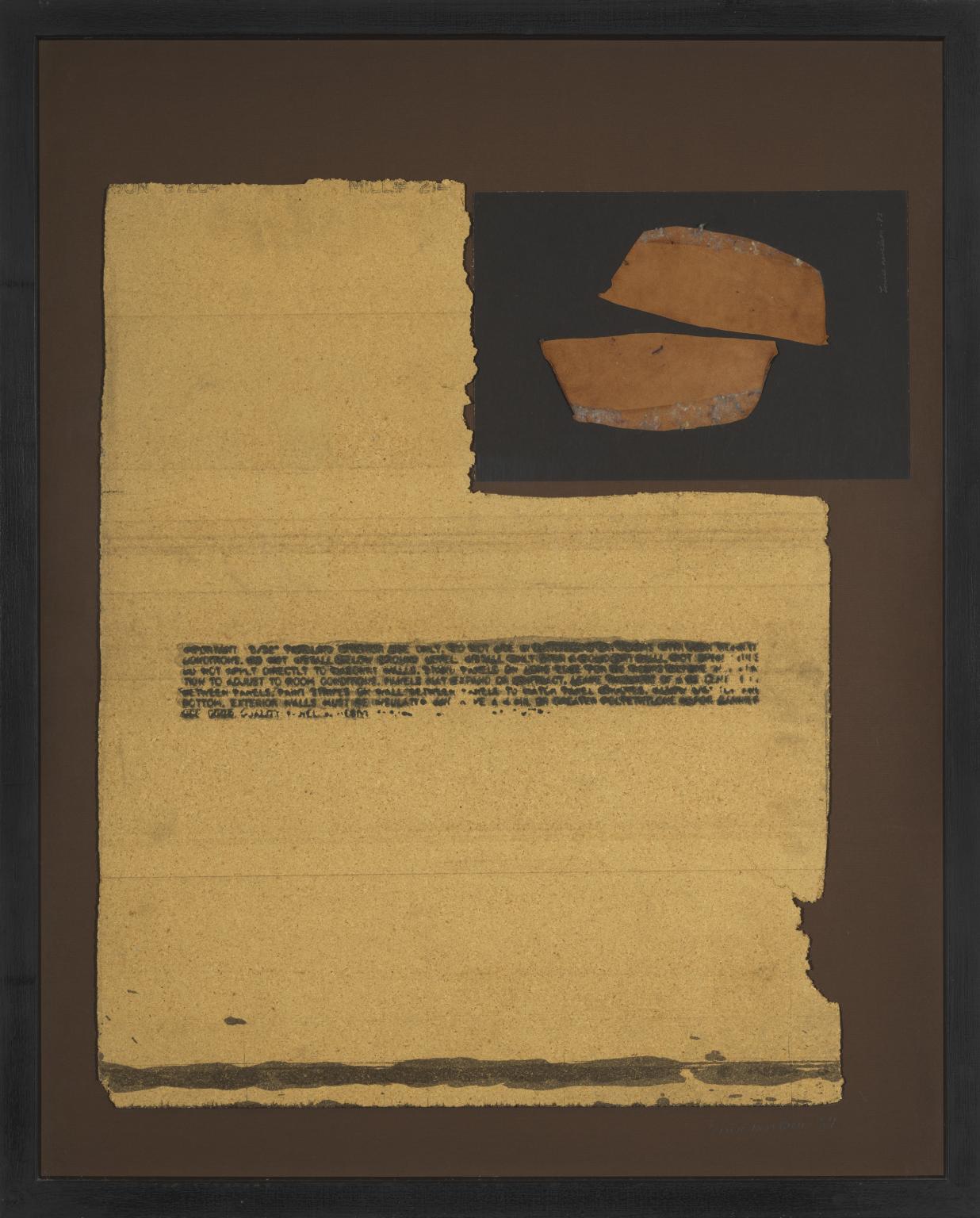
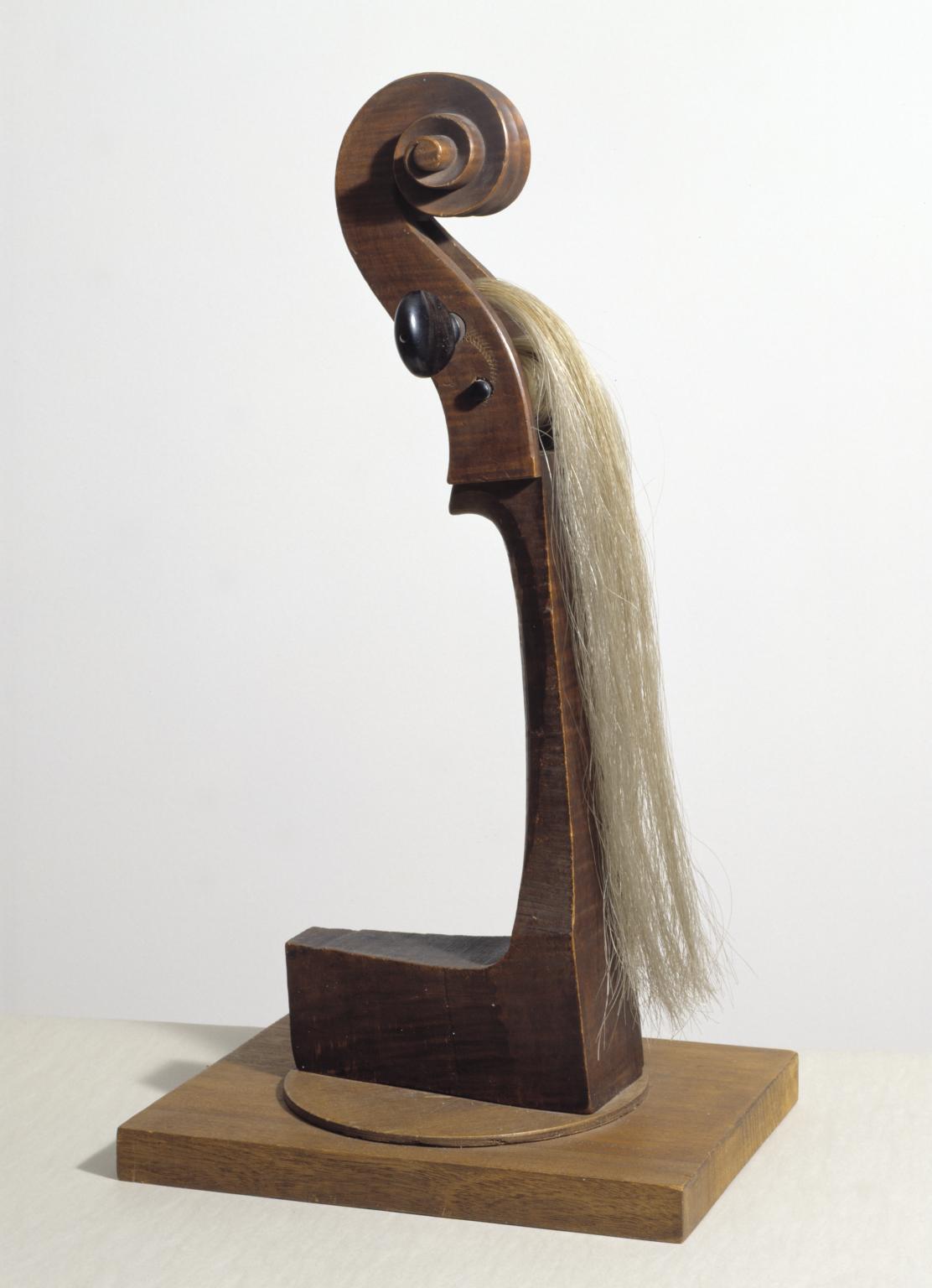
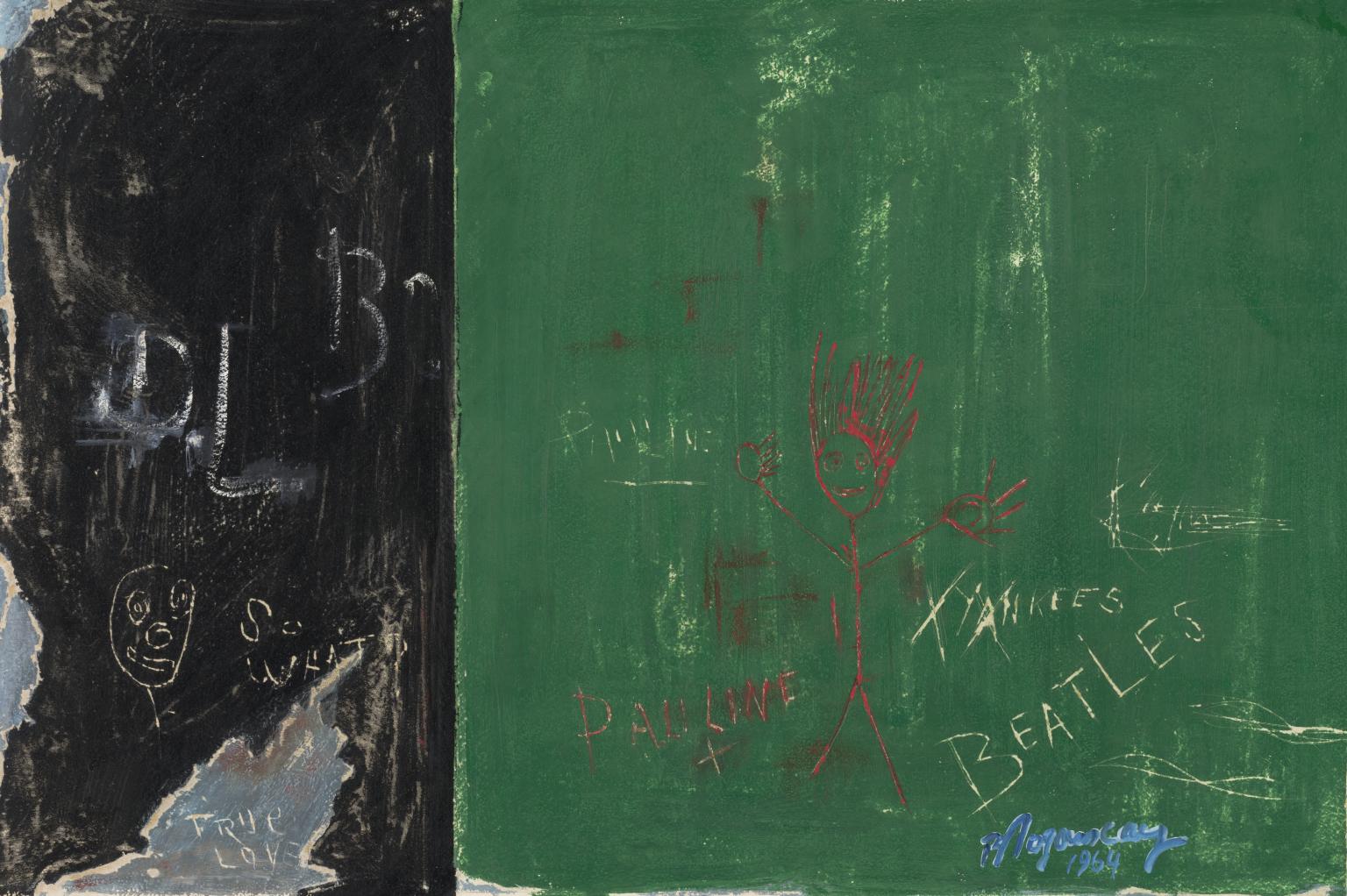
You've viewed 6/9 artworks
You've viewed 9/9 artworks

